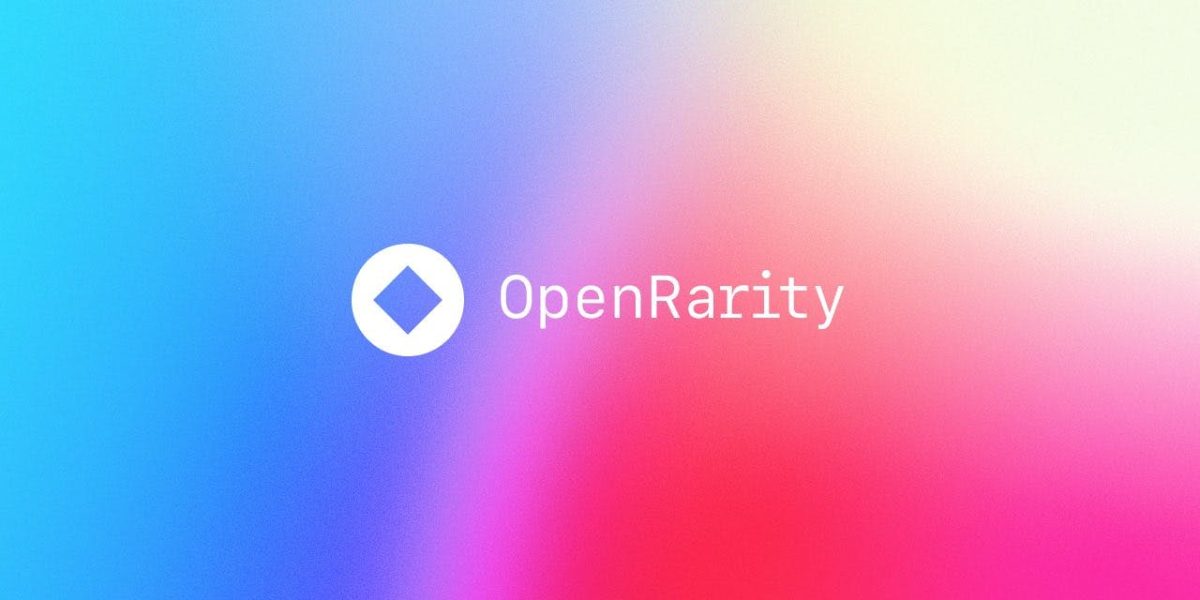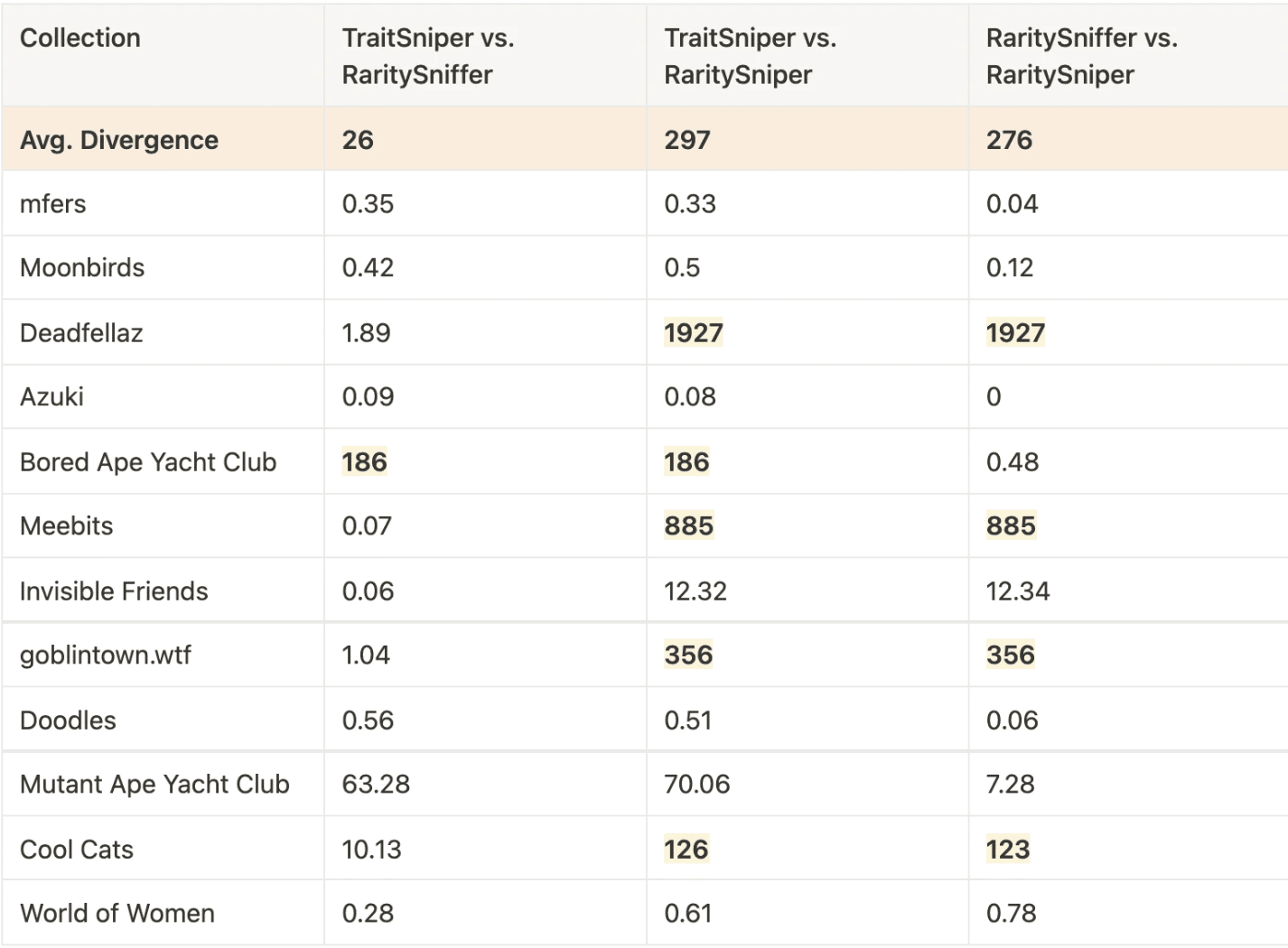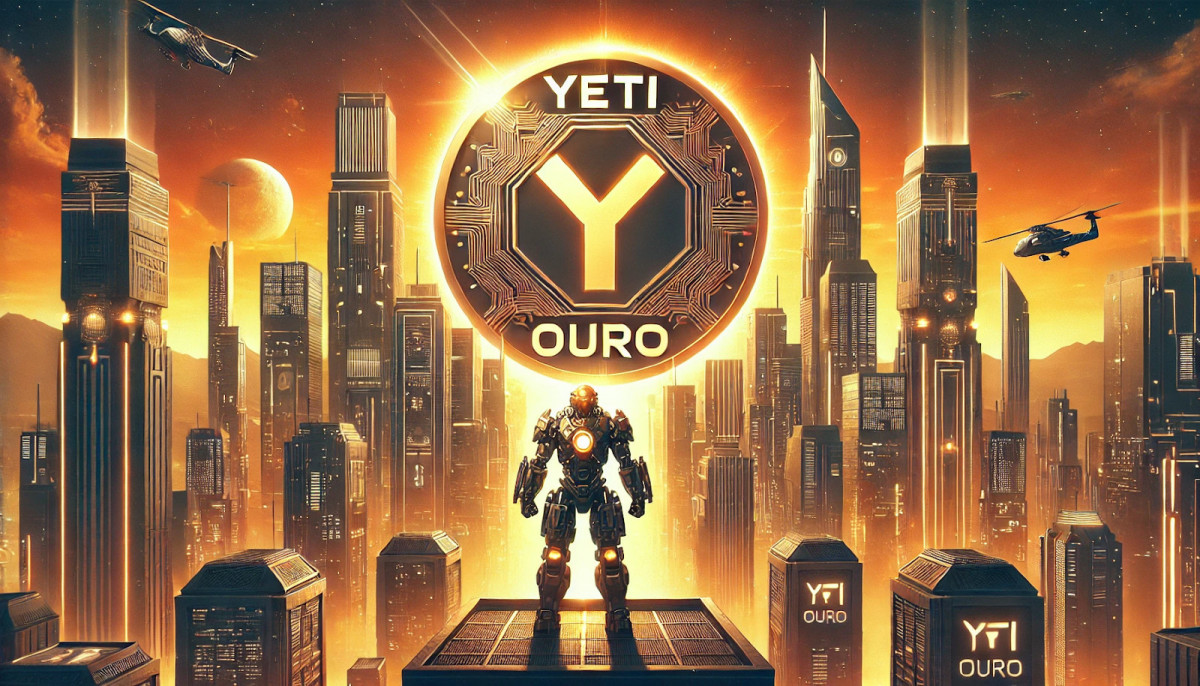OpenSea has officially announced OpenRarity, a new NFT rarity protocol for the NFT community. Working together with Web3 analytics experts Icy.tools, Curio Tools, PROOF – and others – OpenRarity aims to provide a new standard in the ranking methods of NFTs.
Currently, there are several high-profile NFT rarity platforms, and each has its way of determining rarity. Although most rankings are similar, there are some differences. Consequently, this is confusing for buyers looking for data on NFT rarity and ranking. OpenRarity aims to solve this problem, and will officially launch next week!

What is OpenRarity?
OpenRarity is a brand new NFT rarity protocol with its very own platform. Built for the NFT community, it plans to set a new universal standard for ranking the rarity of NFTs in a somewhat confusing market.
In fact, the OpenSea team, along with Icy.tools, Curio Tools, and PROOF have developed a transparent, mathematically sound, and objective rarity calculation method. Significantly, this is entirely open-source and reproducible by anyone.
Furthermore, to ensure the OpenRarity protocol works and is simple to understand, it has been vetted with creator teams representing several top-100 collections by volume.
“We believe it’s important to find a way to provide a unified, transparent, and consistent set of rarity rankings across all platforms to help build more trust in the industry through transparency.” states the OpenRarity team.
What problems does OpenRarity solve?
OpenSea wants to create a transparent, consistent, easy-to-find, simplistic rarity ranking system. To do this, they want to solve three problems. The current problems and solutions are as follows:
1. The NFT ranking industry combines the concepts of rarity (mathematical scarcity of attributes) with creator ties and market value, which bases value on attributes other than scarcity. OpenRarity will offer these in separate rankings.
2. Closed-source code is used to determine rankings and uses ‘meta traits’ that do not exist on-chain. Meta traits, such as trait count and other hidden values, cause considerable discrepancies in the rarity rankings across the market. OpenRarity will use a completely open-source programme for its data and excludes meta traits from its ranking system.
3. Many rarity tool providers charge NFT projects to list collections on their platforms. OpenRarity wants to create a fair environment for all.

The OpenSea new rarity ranking offers a mathematical solution
OpenRarity will use the mathematic theory of information content, also known as information theory, self-information, surprisal, or Shannon information, to determine NFT rarity.
In summary, it is a method that looks at a basic quantity derived from the probability of a particular event occurring from a random variable.
Community feedback will play a key role in the OpenRarity protocol
The OpenSea team also plans to use community feedback to improve the OpenRarity protocol. Interestingly, OpenRarity is an opt-in system for creators.
In a lengthy Twitter thread, OpenSea discussed its new system and how it will impact the broader NFT rarity market. As the leading NFT marketplace, it will have a lot of eyes on its new system. With the OpenRarity protocol going live, it will be interesting to see how it affects the industry.
Some high-profile NFT projects are already signing on to use the OpenRarity protocol. Yesterday, Cool Cats, the popular pfp project, tweeted, “We’re excited to be one of the first creators to opt-in on the new @openrarity NFT ecosystem on @opensea! Cool Cats is set to launch on the new rarity standard next week, with Cool Pets following soon. Stay tuned…”
All investment/financial opinions expressed by NFTevening.com are not recommendations.
This article is educational material.
As always, make your own research prior to making any kind of investment.









 Bitcoin
Bitcoin  Ethereum
Ethereum  XRP
XRP  Tether
Tether  Solana
Solana  Dogecoin
Dogecoin  USDC
USDC  Cardano
Cardano  Lido Staked Ether
Lido Staked Ether  TRON
TRON  Avalanche
Avalanche  Sui
Sui  Wrapped stETH
Wrapped stETH  Chainlink
Chainlink  Toncoin
Toncoin  Shiba Inu
Shiba Inu  Stellar
Stellar  Wrapped Bitcoin
Wrapped Bitcoin  Hedera
Hedera  Polkadot
Polkadot  WETH
WETH  Bitcoin Cash
Bitcoin Cash  Uniswap
Uniswap  Pepe
Pepe  Hyperliquid
Hyperliquid  Litecoin
Litecoin  LEO Token
LEO Token  Wrapped eETH
Wrapped eETH  NEAR Protocol
NEAR Protocol  Aptos
Aptos  Ethena USDe
Ethena USDe  USDS
USDS  Internet Computer
Internet Computer  Aave
Aave  Render
Render  Mantle
Mantle  Bittensor
Bittensor  POL (ex-MATIC)
POL (ex-MATIC)  Cronos
Cronos  Ethereum Classic
Ethereum Classic  Artificial Superintelligence Alliance
Artificial Superintelligence Alliance  WhiteBIT Coin
WhiteBIT Coin  Virtuals Protocol
Virtuals Protocol  Arbitrum
Arbitrum  MANTRA
MANTRA  Tokenize Xchange
Tokenize Xchange  Filecoin
Filecoin